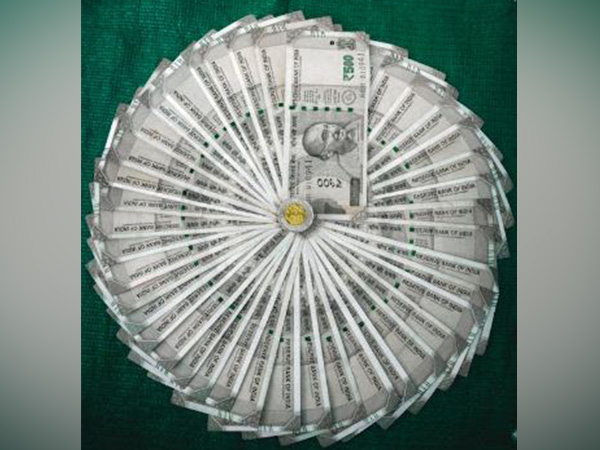Motilal Oswal Report Suggests No Immediate Concern Over Indian Banks' Loan-to-Deposit Ratio
Motilal Oswal's recent report indicates that the loan-to-deposit (LD) ratio in Indian banks is likely to stabilize without immediate concerns. Despite worries from financial leaders, the report highlights that the current rise in the LD ratio does not signify tightness in the banking sector.

- Country:
- India
A recent report from Motilal Oswal, a prominent financial service company, suggests that the loan-to-deposit (LD) ratio in Indian banks is expected to stabilize in the coming months. This comes amidst growing concerns from financial leaders, including the finance minister and the RBI governor, about sluggish deposit growth and potential risks to financial stability.
The report indicates that the Indian banking sector's LD ratio stood at 77.2 percent as of 9th August 2024, which is slightly lower than its recent peak of 78.2 percent on 22nd March 2024, and significantly below its all-time high of 78.8 percent in September 2013. The analysis by Motilal Oswal points out that a rising LD ratio is generally linked to tightness in the banking sector, possibly indicating overheating. However, their study of the sector's transactions with the Reserve Bank of India (RBI) via the liquidity adjustment facility (LAF) and recent trends in the weighted average call rate (WACR) suggests that the current increase in the LD ratio does not indicate such tightness.
The report further states that the concerns regarding weak deposit growth may be overstated. Historical data show that bank deposits grew at an average rate of 9.5 percent during the pre-COVID period (January 2015 to February 2020) and 10.4 percent in the post-COVID period (March 2020 to August 2024). As of 9th August 2024, deposits had increased by 10.8 percent year-on-year. Finance Minister Nirmala Sitharaman has urged state-run banks to enhance deposit mobilization efforts. While detailing the recommendations, the report suggests that making other asset classes less attractive through taxation or changes in interest rates, as well as boosting fiscal spending to increase net credit to the government, could potentially enhance deposit growth.
Motilal Oswal's analysis proposes that deposit growth can be raised by either making other asset classes unattractive or increasing net credit to the government by amplifying fiscal spending. Alternatively, curbing loan growth to manage the LD ratio is suggested, although this may slow deposit growth, especially if corporate credit growth remains weak. Encouraging investors to shift their investments to bank deposits carries risks but could also be a viable option. With increased fiscal spending, bank credit to the government is likely to grow, potentially boosting deposits and the broad money supply. The report, however, notes uncertainties related to foreign capital inflows and the RBI's policy on managing these inflows.
(With inputs from agencies.)
ALSO READ
Curbing Childhood Obesity: Tackling Sugar-Sweetened Beverages with Policy Solutions
RBI Sets 2025 Deadline for Enhanced Fund Transfer Verification
Decades-Old Bhopal Union Carbide Toxic Waste to Finally Be Disposed
RBI Reports Major Return of Rs 2000 Notes: What's Next?
Serbian Protesters Trade Festivity for Justice in New Year's Rally










